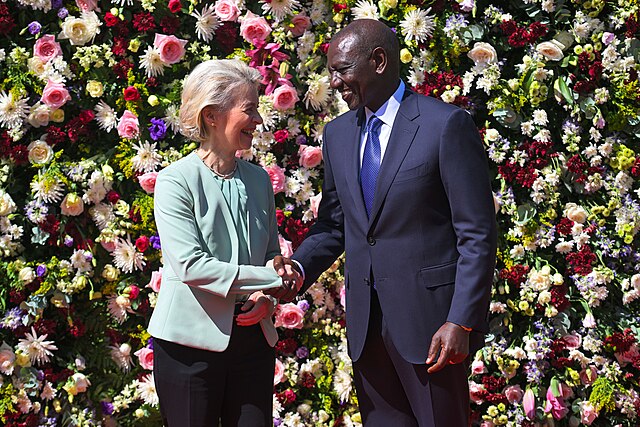
Mr. Scott Pruitt is best known by most Americans as the administrator of the Environmental Protection Agency, appointed by President Trump on Dec. 8, 2016. He recently announced the EPA’s plans to repeal the Obama-era Clean Power Plan (CPP).
Uh-oh.
This will not be the last time Pruitt, who adamantly believes that carbon dioxide does not contribute to global warming, mitigates climate change efforts. Pruitt’s direct role in future fossil-fuel friendly negotiations requires us to get to know the man behind the EPA. What is his background? What are his intentions? Essentially, who is he?
A former Oklahoma Attorney General with a troubled relationship with the EPA.
Pruitt sued the EPA, the very same organization he now represents, an astonishing 14 times. The former Attorney General is an outspoken opponent of the federal government’s activity in combating environmental issues.
Could it be because the majority of Pruitt’s political campaign donors were mainly from the gas and oil industry?
Chairman of Continental Resources Harold Hamm, the biggest leaseholder in the Bakken oil basin, served as the honorary chairman of Pruitt’s 2014 election campaign. Hamm’s fortune relies directly on the federal government staying out of the oil industry’s way. Apparently, so does Pruitt’s political success.
Pruitt’s history of defunding environmental protection efforts developed with his decision to eliminate the Environmental Protection Unit in the Oklahoma Attorney General’s Office back in 2014. In three years, Pruitt successfully drained the Unit’s resources from $463,000 in 2010 to $0 in 2014.
The CPP is the first federal-level plan attempting to place restrictions on carbon emissions from American power plants. Under the Obama administration in 2015, the CPP created an opportunity to expand the lucrative clean energy sector. Economically, clean energy such as wind and solar, could offer thousands of jobs to America’s work force.
Although estimated by the EPA to “prevent 2,700 to 6,600 premature deaths and 140,000 to 150,000 asthma attacks in children,” the CPP is deemed second place to the needs of the fossil fuels industry. This repeal will not be Pruitt’s last.
The criticisms facing the CPP mainly focus on the constitutionality of the plan. Pruitt’s history of suing the EPA relies heavily on whether or not the federal government has the right to create regulations that states and companies must abide by.
According to the National Review, the CPP, “disadvantage[s] certain industries, namely coal producers and other fossil-fuel concerns…” Pruitt argues the EPA should not be used to create winners and losers out of the competing energy industries, yet he obviously plays favorites.
While the CPP was not perfect, abandoning it altogether is detrimental to the progress made towards reducing carbon emissions. At a time where environmental regulations are so critical to the survival of our earth, the EPA should not be worried about picking favorites; it should be worried about the fate of humanity.
Working to lower carbon emissions should not be a political issue. Indebted to big oil and gas industries, Pruitt is the last person that should be running the EPA.
Miranda Donahue is a Collegian columnist and can be reached at [email protected].


















Nitzakhon • Oct 11, 2017 at 10:07 am
“Working to lower carbon emissions should not be a political issue. Indebted to big oil and gas industries, Pruitt is the last person that should be running the EPA.”
Only if you believe in the Holy Writ that CO2 is driving things.